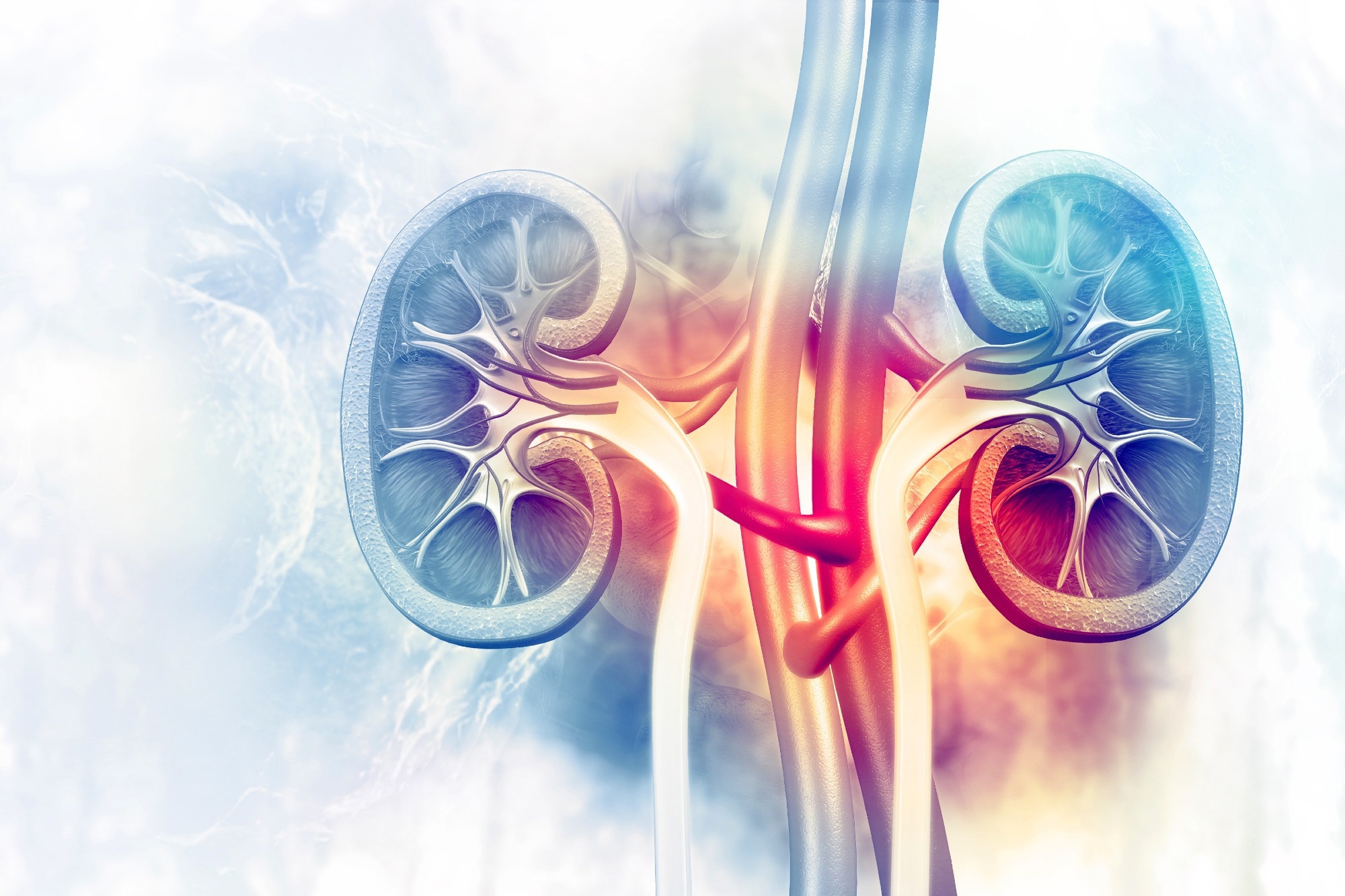In a latest examine printed within the BMJ, researchers created and validated a mannequin to foretell extreme acute kidney harm in sufferers receiving cisplatin utilizing information from numerous most cancers facilities.
 Examine: Derivation and exterior validation of a easy threat rating for predicting extreme acute kidney harm after intravenous cisplatin: cohort examine. Picture Credit score: crystal gentle / Shutterstock
Examine: Derivation and exterior validation of a easy threat rating for predicting extreme acute kidney harm after intravenous cisplatin: cohort examine. Picture Credit score: crystal gentle / Shutterstock
Background
Cisplatin stays a key chemotherapy agent for quite a few cancers. Nevertheless, it poses a excessive threat of inflicting cisplatin-associated acute kidney harm (CP-AKI), limiting additional therapy choices and growing toxicity dangers. Figuring out these at excessive threat for CP-AKI is important for adjusting therapy and enhancing scientific trial participant choice. Regardless of its widespread use, present analysis on CP-AKI threat components is restricted by small pattern sizes and inconsistent definitions of kidney harm. Additional analysis is required to boost CP-AKI threat prediction and create focused prevention strategies, guaranteeing safer therapy plans for sufferers present process cisplatin remedy.
In regards to the examine
Within the current multicenter cohort examine, adults have been handled with intravenous cisplatin at six main educational most cancers facilities throughout the USA (US), together with Memorial Sloan Kettering Most cancers Heart and Massachusetts Normal Hospital. They have been examined to determine threat components for CP-AKI. The examine targeted on people over 18 years outdated receiving their first dose of cisplatin between 2006 and 2022, excluding these with end-stage kidney illness or lacking baseline serum creatinine values. Knowledge have been collected on numerous affected person traits and laboratory values to research outcomes associated to serum creatinine degree, kidney substitute remedy, and survival post-cisplatin therapy.
The first final result was CP-AKI, outlined as a major improve in serum creatinine or the necessity for kidney substitute remedy inside 14 days of the primary cisplatin dose, indicating moderate-to-severe kidney harm. Secondary outcomes included different CP-AKI definitions and main antagonistic kidney occasions inside 90 days.
The examine used multivariable logistic regression to determine predictors of CP-AKI and developed a easy threat mannequin to boost scientific decision-making. Statistical analyses assessed mannequin calibration, discrimination, and validation, evaluating it with earlier fashions and conducting further analyses on CP-AKI severity and its affect on survival. Affected person suggestions was additionally gathered by means of surveys and focus teams, emphasizing the significance of the examine’s findings for people contemplating cisplatin therapy.
Examine outcomes
The current examine initially examined 34,122 sufferers handled with intravenous cisplatin throughout six establishments, narrowing right down to 11,766 within the derivation cohort and 12,951 within the validation cohort after exclusions. An examination of baseline traits revealed notable similarities between each cohorts, though with variations within the prevalence of situations akin to hypertension, diabetes mellitus, congestive coronary heart failure, and cirrhosis, which have been extra widespread within the validation cohort. Conversely, continual obstructive pulmonary illness was extra prevalent within the derivation cohort. Moreover, the median dose of cisplatin administered was increased within the derivation cohort in comparison with the validation cohort.
When it comes to the examine’s secondary outcomes, the first mannequin demonstrated constant discrimination throughout 5 further analyses. Notably, the mannequin’s concordance (C) statistic, an indicator of its discriminative skill, remained secure at 0.75 even after excluding sufferers who solely had serum creatinine follow-up inside 4 days post-cisplatin administration. This exclusion concerned 1,581 out of 36,483 sufferers, representing 4.3% of the overall.
When changes have been made for the primary two secondary outcomes, the mannequin exhibited C statistics of 0.71 and 0.74, using a extra liberal and stricter definition of CP-AKI, respectively. Its skill to discriminate was additional highlighted in secondary analyses, the place it persistently surpassed three earlier fashions in forecasting CP-AKI.
The mannequin was more practical in figuring out sufferers in danger for main antagonistic kidney occasions inside 90 days of therapy, attaining a C statistic of 0.79, which was considerably higher than earlier fashions. There was a direct correlation between the severity of CP-AKI and decreased survival charges at each 90 days and one 12 months, underscored by a major log-rank take a look at (P<0.001) and an adjusted hazard ratio of 4.63 for stage 3 acute kidney harm in comparison with no acute kidney harm. This highlighted the extreme affect of CP-AKI severity on survival. Moreover, the next stage of CP-AKI was persistently related to an elevated probability of experiencing main antagonistic kidney occasions inside a 365-day interval, emphasizing the long-term dangers linked to CP-AKI.
Conclusions
To summarize, within the vital examine, this revolutionary rating, which contains 9 available variables, successfully differentiates sufferers at various threat ranges for CP-AKI. Notably, the examine recognized novel threat components for CP-AKI, together with hypomagnesemia. It highlighted the affiliation between CP-AKI severity and decreased survival charges, underscoring the significance of correct threat prediction for enhancing affected person care and outcomes in cisplatin remedy.
Journal reference:
- Gupta S, Glezerman I G, Hirsch J S, et al. Derivation and exterior validation of a easy threat rating for predicting extreme acute kidney harm after intravenous cisplatin: cohort examine, BMJ (2024), doi:10.1136/bmj-2023-077169, https://www.bmj.com/content material/384/bmj-2023-077169
